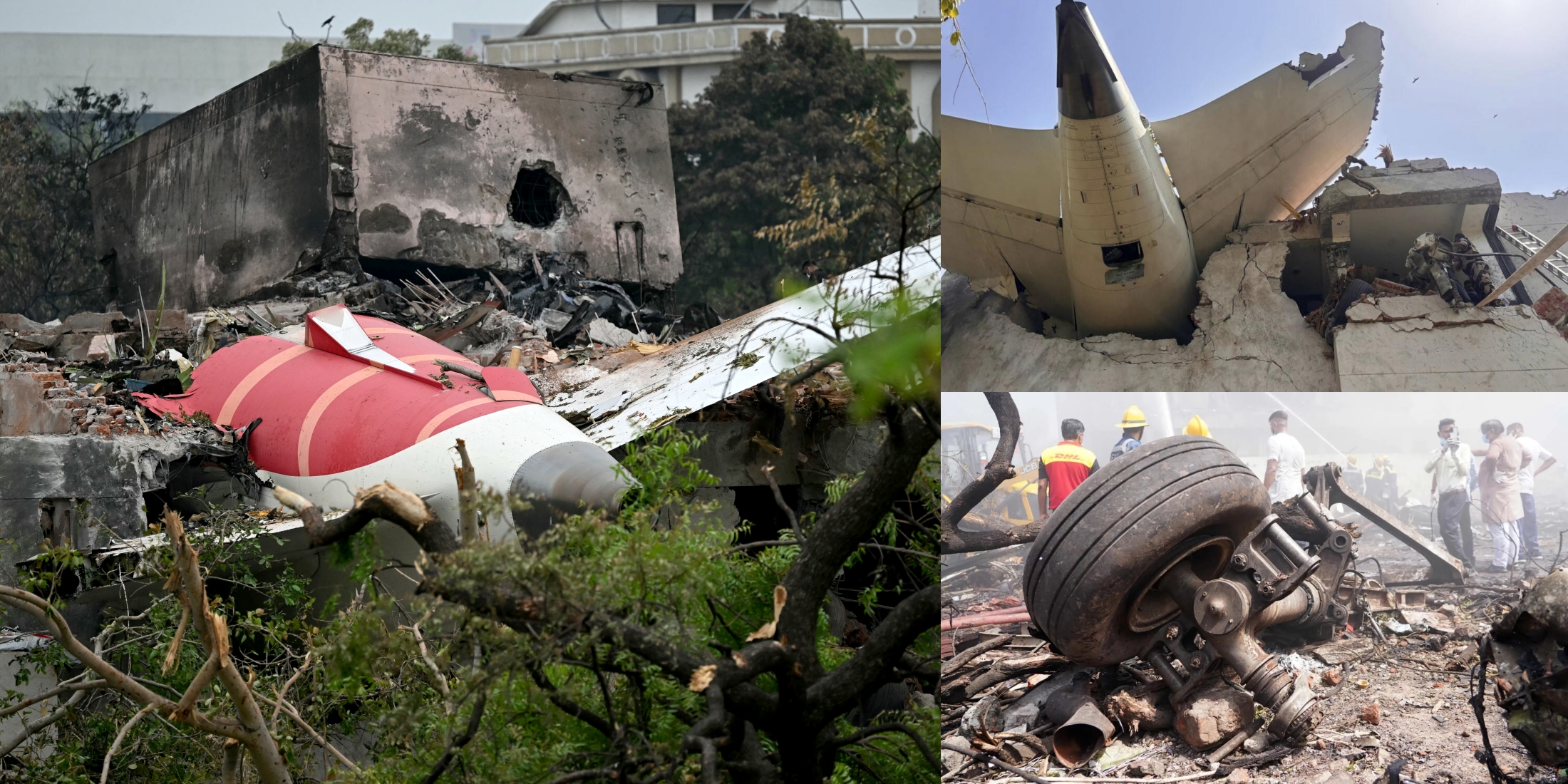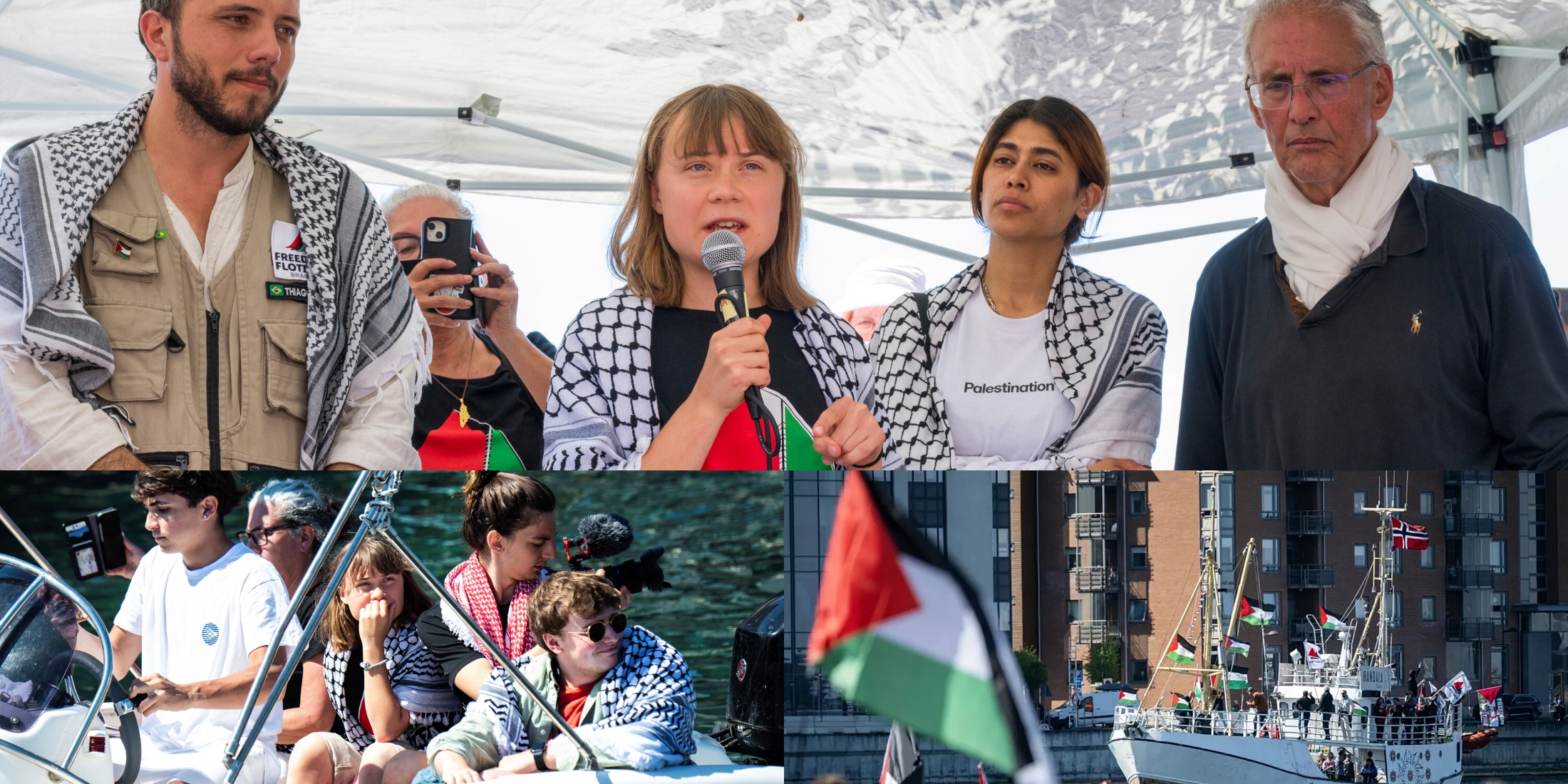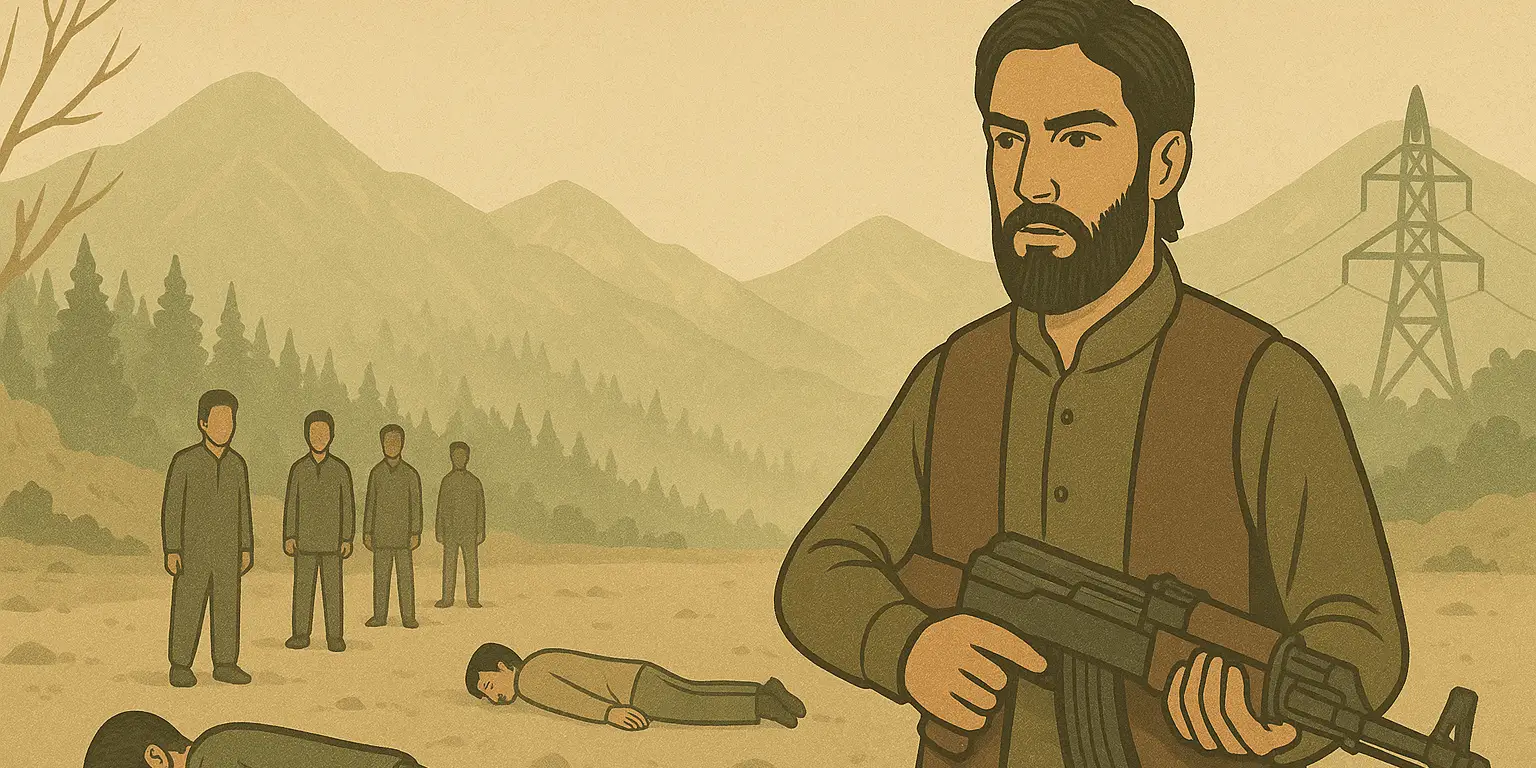According to a 2016 study published in Nature, global warming started between the 1830s and 1850s. Since 1977, the world has been vocal in experiencing a continuous pattern of rising surface temperatures, with no end in sight. This constant heating is a clear indication of the inevitable climate disaster. Another study claims that nearly half a million individuals fall victim to heat-related deaths each year. This is a large figure that we cannot overlook as a coincidence. These are not isolated tragedies, but rather clear evidence of a rising emergency.
Recognizing the critical need for global action, the United Nations Framework Convention on Climate Change (UNFCCC) was founded in 1992 as a watershed moment for addressing the looming issue. The UNFCCC created the groundwork for the annual Conferences of the Parties (COP), when governments assemble to negotiate and promote global climate strategies.
This year, the international community gathered for COP29 in Baku, Azerbaijan, an important event known as the “Finance COP.” The conference was a key milestone, with a strong emphasis on climate financing. Leaders achieved a groundbreaking deal to treble assistance for developing countries, increasing the annual target from USD 100 billion to USD 300 billion by 2035. It was also agreed that private and public sectors will work together to scale up the financing to developing countries up to USD 1.3 trillion per year by 2035. However, the key question remains: Will these pledges result in significant change for the most vulnerable?
For Bangladesh, COP29 was a crucial event as we are exposed to climate change without any adequate defense mechanism. Despite being responsible for only 0.47% of the global CO2 emission, we suffer equal if not more consequences from rising temperatures and its devastating impacts. However, the commitments made by developed nations, the main contributors to climate change, remain inadequate. The new collective quantified goal (NCQG) of $300 billion by 2035 for climate finance falls considerably short of the $5.8–$5.9 trillion required by the global south. Even if it seems to triple former commitments, the amount is still insufficient when adjusted for inflation, particularly given that previous targets were met late.
At COP29, the dangers created by climate emergencies appeared more serious than ever for nations like Bangladesh, where the vulnerabilities of global warming are regularly occurring. Although, instead of offering meaningful support, the excessive emphasis on private funding and loans has merely increased debt pressure for struggling nations. Bangladesh urgently seeks $480 billion annually by 2030, which is far beyond the $100 billion commitment from wealthier nations. With nearly half of its earnings already spending for debt repayment, how will it handle rising sea levels, heatwaves, and a growing health crisis caused by disasters? Ultimately, COP29 was unable to hold the global north liable. We cannot wait. Our existence necessitates immediate action and actual assistance, not empty promises.
Bangladesh has been witnessing the step down of renewable energy transitions since it called for other countries to divert the fossil fuel subsidies to green investments. Although it called for increased focus on investment in sustainable agriculture and resilience in urban areas, these were secondary to the established focus on carbon markets and other financial mechanisms. The strong push back was also acknowledged and in spite of the failings Bangladesh’s advocacy in this regard has been transformed into a case study for resilience, particularly focusing on actions like mangrove integration and community adaptation. In the future, Bangladesh hopes to achieve loan restructuring which allows for better resources in climate resilience building. The results of COP29 highlighted the challenges inherent in international climate change negotiations whereby the interplay of historical injustices and present-day geopolitical struggles often works against efforts aimed at climate justice. A major gap in the climate strategy of Bangladesh can be the limited association of the strategy to health interventions particularly in relation to the mental and physical aspects that may result from climate related disasters. As global temperatures rise and the number of severe climate anomalies rises, the condition of at-risk populations continues to deteriorate. In Bangladesh, where temperatures regularly exceed 40°C, heat-related mortality is becoming a critical concern, particularly among the elderly and those working outdoors or in poorly ventilated environments.
According to studies, the average of heat fatalities between 2000 to 2019 was 489,000 each year, with Asia accounting for 45%. Death rates among those over 65 have shockingly increased by 85%, where urban poor, manual laborers and women are most at-risk. This is a crisis, not merely a statistic. Some of the direct health diseases are resulting from rising surface temperatures, like vector-borne diseases (dengue and malaria), watery diseases (cholera and typhoid), respiratory disorders (asthma and bronchitis), and even mental health difficulties. Unfortunately, Bangladesh’s response is necessarily insufficient; we are leaving our most vulnerable groups to deal with the worsening effects of climate change alone. Millions of lives are at risk because of the negligence in integrating health-focused policies, again, safety precautions like heat action plans receive less attention in disaster management than physical defenses like embankments.
Also, Bangladesh’s over-dependency on the ready-made garment (RMG) industry & export production is another threat. Even though the RMG is a primary contributor to the economy, this industry has a significant production of waste materials, most of which is uncontrolled and causes the pollution of air, water, and soil. This pollution, together with the influence of climate change, is likely to aggravate the existing health and environmental issues that face the country. The carbon emissions produced by the sector add to the carbon burden and hence, increase the susceptibility of Bangladesh to global warming, more so as there are climate stresses such as heat waves and floods.
In spite of these obstacles, Bangladesh is taking a strategic response to climate resilience, achieving progress in mangrove restoration, disaster preparedness, and community-driven adaptation. Nevertheless, the $300 billion climate financing commitment made by industrialized countries at COP29 is still far from sufficient. By 2030, Bangladesh urgently seeks $480 billion a year for effectively addressing its climate issue. The Chief Advisor to Bangladesh’s interim government, Dr. Muhammad Yunus, aptly termed the COP29 negotiations saying, “It’s like a fish market.” His remarks reflect the growing tensions among countries like Bangladesh, which face the worst threats but get the least assistance. To stop more pain and loss, the international community must now fulfil its commitments—through grants, not loans. Now is the time to act.











One Response
Very insightful and well-written article! It highlights key issues like Bangladesh’s vulnerability to climate change, the shortcomings of COP29, and the need for grants over loans to support struggling nations. Your focus on the urgency of equitable climate action is both timely and important. Great work!